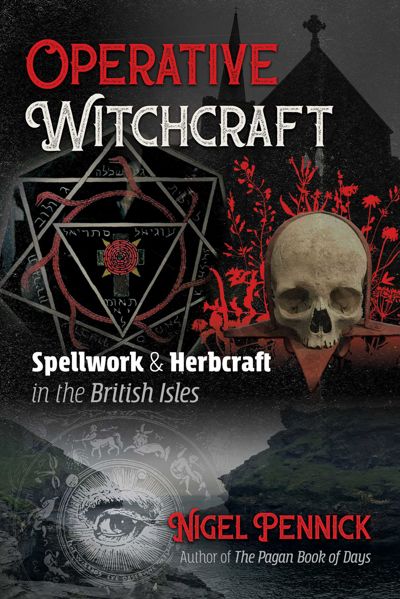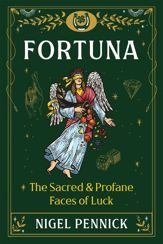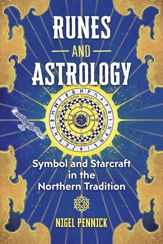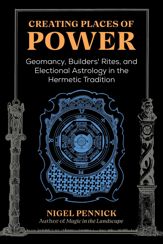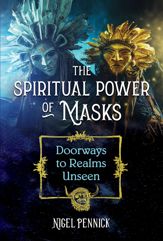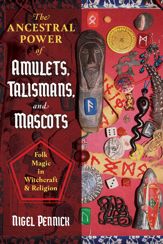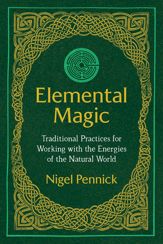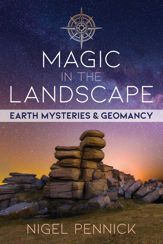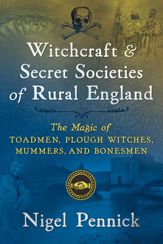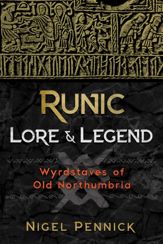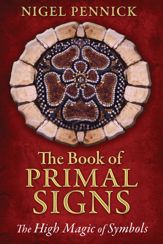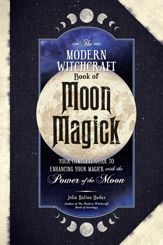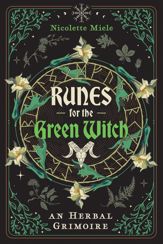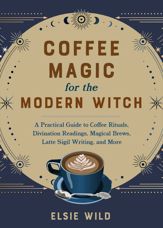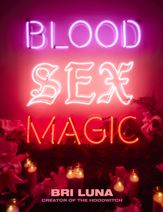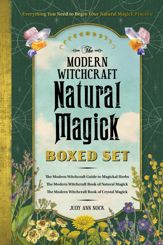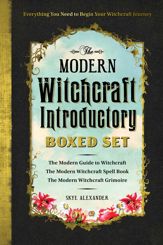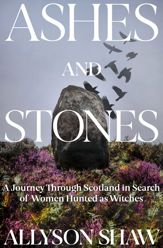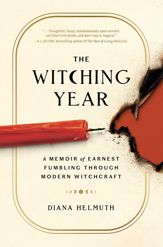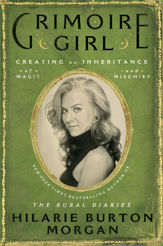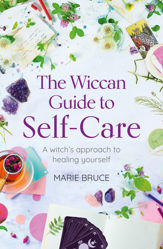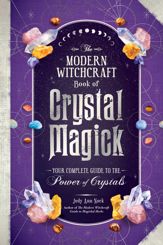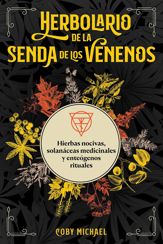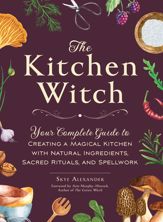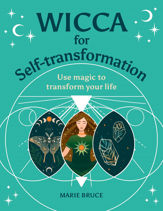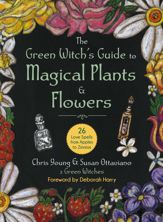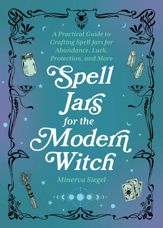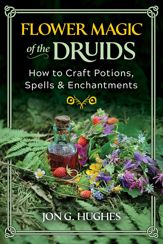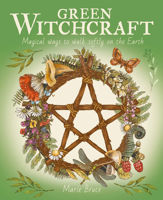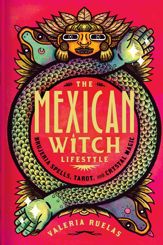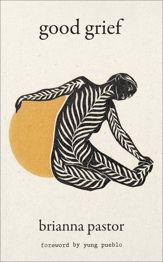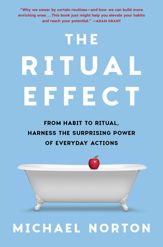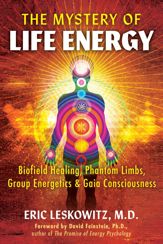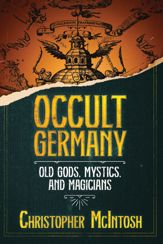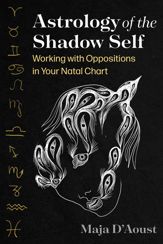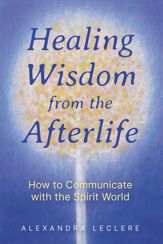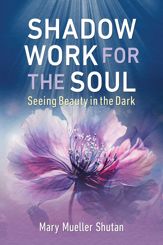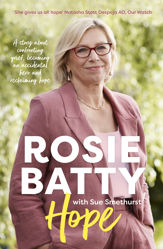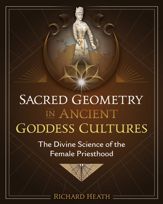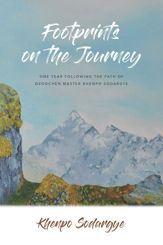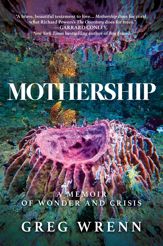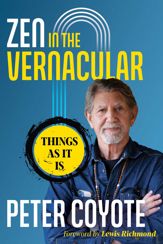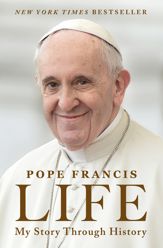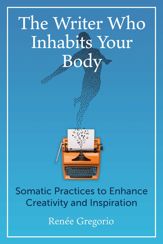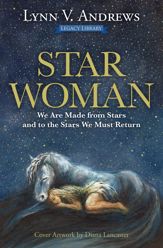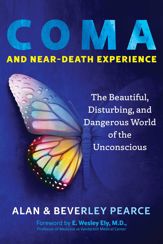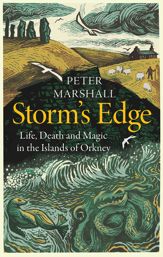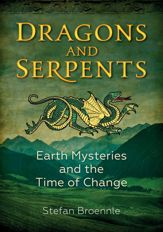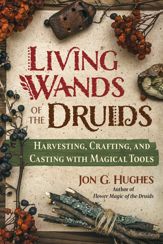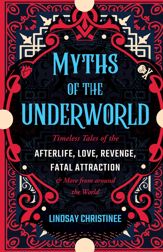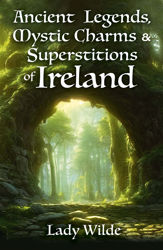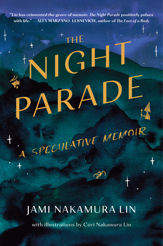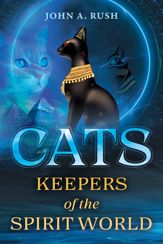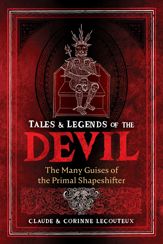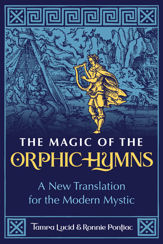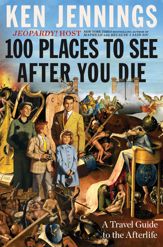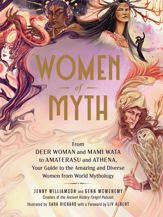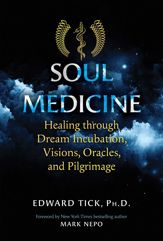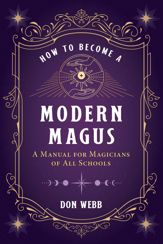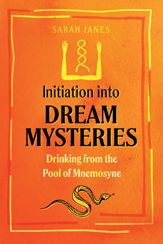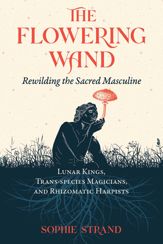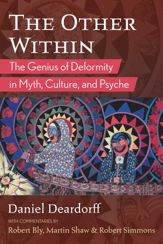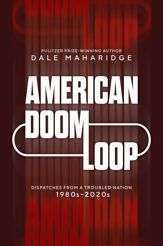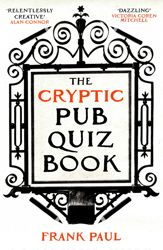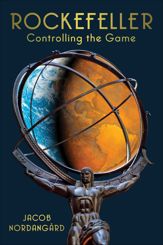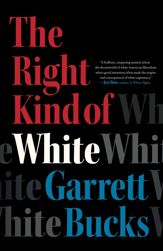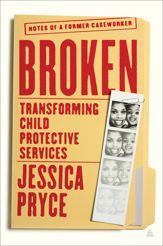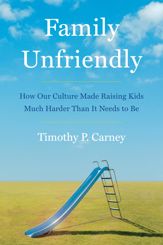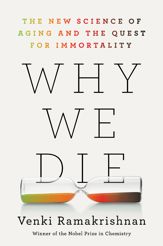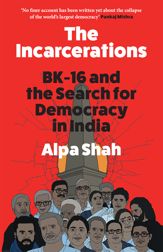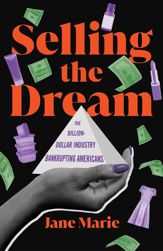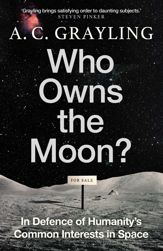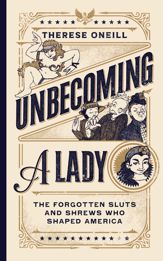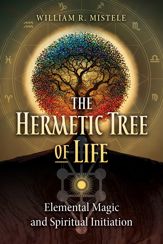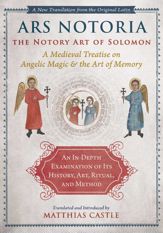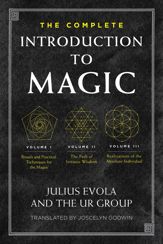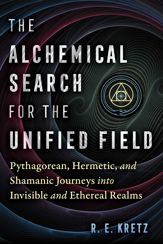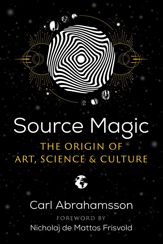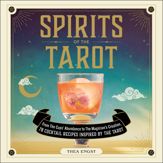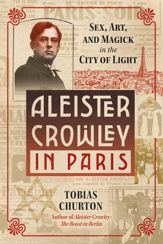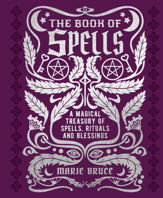“In our postmodern world, appearances often upstage matters of real substance, and people freely adopt new personae as they please--witness the plethora of contemporary witches, many of whom share little in common with the sorts of rural figures that bore the name in earlier times. Nigel Pennick’s Operative Witchcraft is an unromanticized ‘warts and all’ survey of the real history and lore of witchcraft in his native England and elsewhere. This treasure trove of seldom-seen material encompasses topics ranging from toadmen and horsemen to weird plants and darker folk traditions, including a fascinating chapter on the syncretic links between British witchcraft and West Indian Obeah religion. One could not ask for a more knowledgeable and sympathetic guide through these shadow-filled realms than Nigel Pennick.”
Description
A comprehensive look at the history and practices of rural English witchcraft
• Explores witch’s familiars and fetches, animal magic, and the forms of witchcraft practiced by rural tradespeople, such as blacksmiths, herbalists, and artisans
• Offers practical insight into spells, charms, folk incantations, herbal medicine practices, amulets, sigils, and tools of the craft
• Details the evolution of public perception of witchcraft throughout England’s history, including the laws against witchcraft in place until the 1950s and witchcraft’s contentious relationship with the Christian church
In this practical guide, Nigel Pennick takes the reader on a journey through the practice of operative witchcraft in the British Isles from the Middle Ages and the Elizabethan era to the decriminalization of witchcraft in the 1950s and its practice today.
Highlighting uniquely English traditions, Pennick explores fetches and witch’s familiars, animal magic, and the forms of witchcraft practiced by rural tradespeople, such as blacksmiths, herbalists, and artisans, to enhance their professional work and compel others to do their bidding, both man and beast. He provides actual spells, charms, and folk incantations, along with details about the magical use of a variety of herbs, including nightshades, the creation of amulets and sigils, protection against the Evil Eye, and the use of aromatic oils. Pennick explains the best times of day for different types of magic, how to identify places of power, and the use of the paraphernalia of operative witchcraft, such as the broom, the witches’ dial, and pins, nails and thorns. He explores the belief in three different types of witches: white witches, who offer help and healing for a fee; black witches, who harm others; and gray witches, who practice both white and black magic. Examining witchcraft’s contentious relationship with the Christian church, he investigates the persecution of witches throughout the UK and the British West Indies up until the mid-20th century. He offers a look into the changing public perceptions of witchcraft and the treatment of its followers as well as revealing how English churchmen would offer magical solutions to the perceived threat of black witchcraft.
Painting an in-depth picture of English witchcraft, including how it relates to and differs from modern Wicca, Pennick reveals the foundation from which modern witchcraft arose. He shows how this context is necessary to effectively use these ancient skills and techniques and how the evolution of witchcraft will continue harmonizing the old ways with the new.
Reviews
“Operative Witchcraft is a fascinating, wide-ranging, and detailed work that acknowledges and tackles the complex nature of British witchcraft. The book discusses the powers of the witch, how witches have been portrayed, and the persecution of them through legislation and unofficial violence borne of ancient fears. The comparison with West Indian Obeah highlights the repetition of old patterns of persecution in Britain’s former colonies. Nigel Pennick has long been a leading authority on this subject, and Operative Witchcraft is another excellent work, shining new light not only on the history of witchcraft but also on how it has been practiced over the centuries. This beautifully written and authoritative work, which is both accessible and academically rigorous, should grace the bookshelves of folklorists, historians, practitioners of witchcraft, and those with a general interest in this enduring aspect of our culture.”
“While most historians of witchcraft have focused on the early modern and Renaissance era (myself included), Pennick goes beyond the great conflagrations of Europe to show how magic and witchcraft survived into the twentieth century. Operative Witchcraft offers one interesting tidbit of forgotten magical history after the next--not a page went by that I didn’t stop and say, “Wow!” Well written, well researched, a fantastic addition to any witchcraft library.”
“Nigel Pennick stands with one leg in the eldritch world and one in the mundane, as all who know him can attest. After a lifetime of dedication to these ancient mysteries, both in theory and in practice, there is no one better qualified to lead the reader through the highways and byways of operative witchcraft.”
